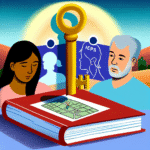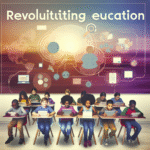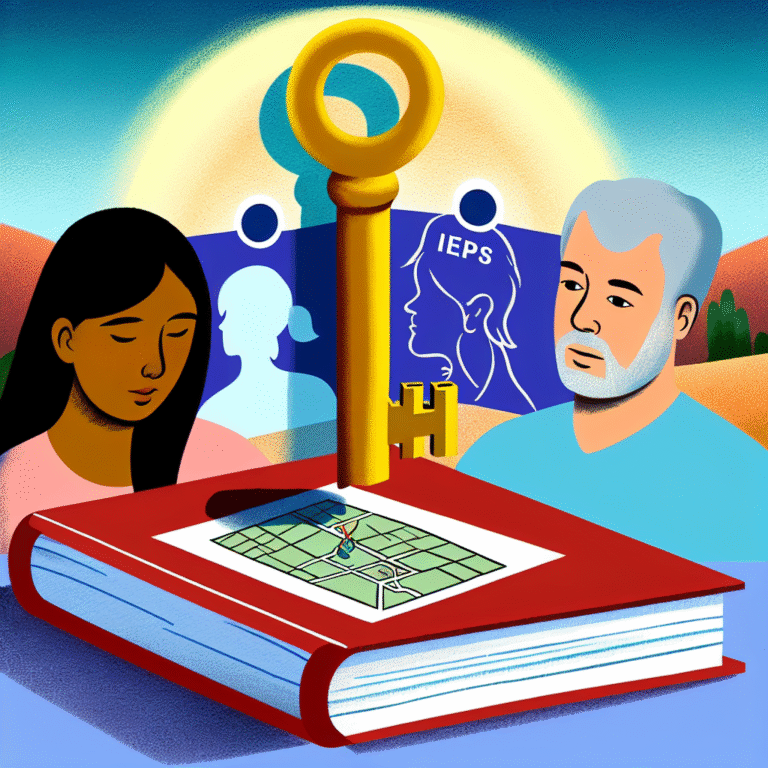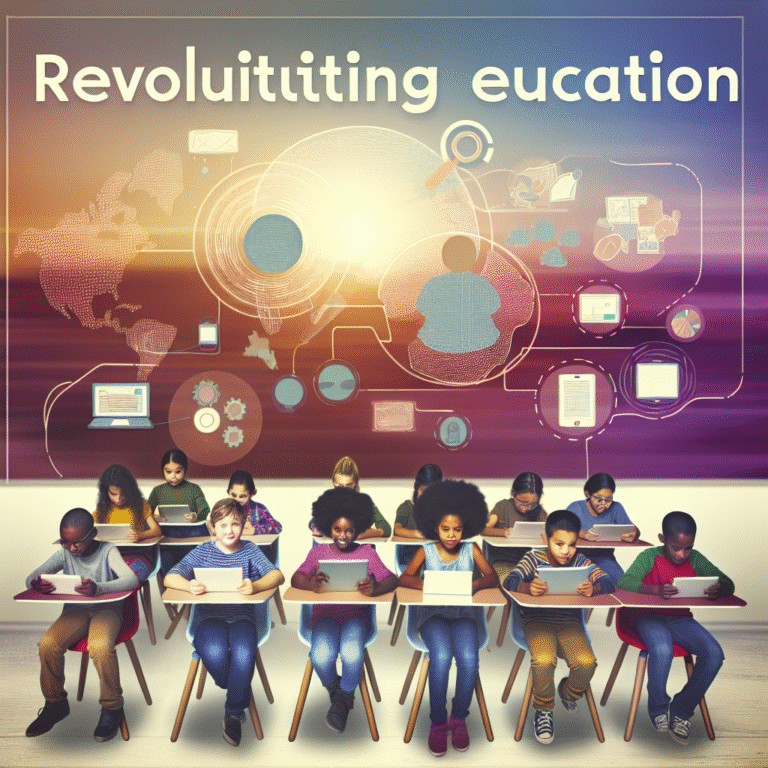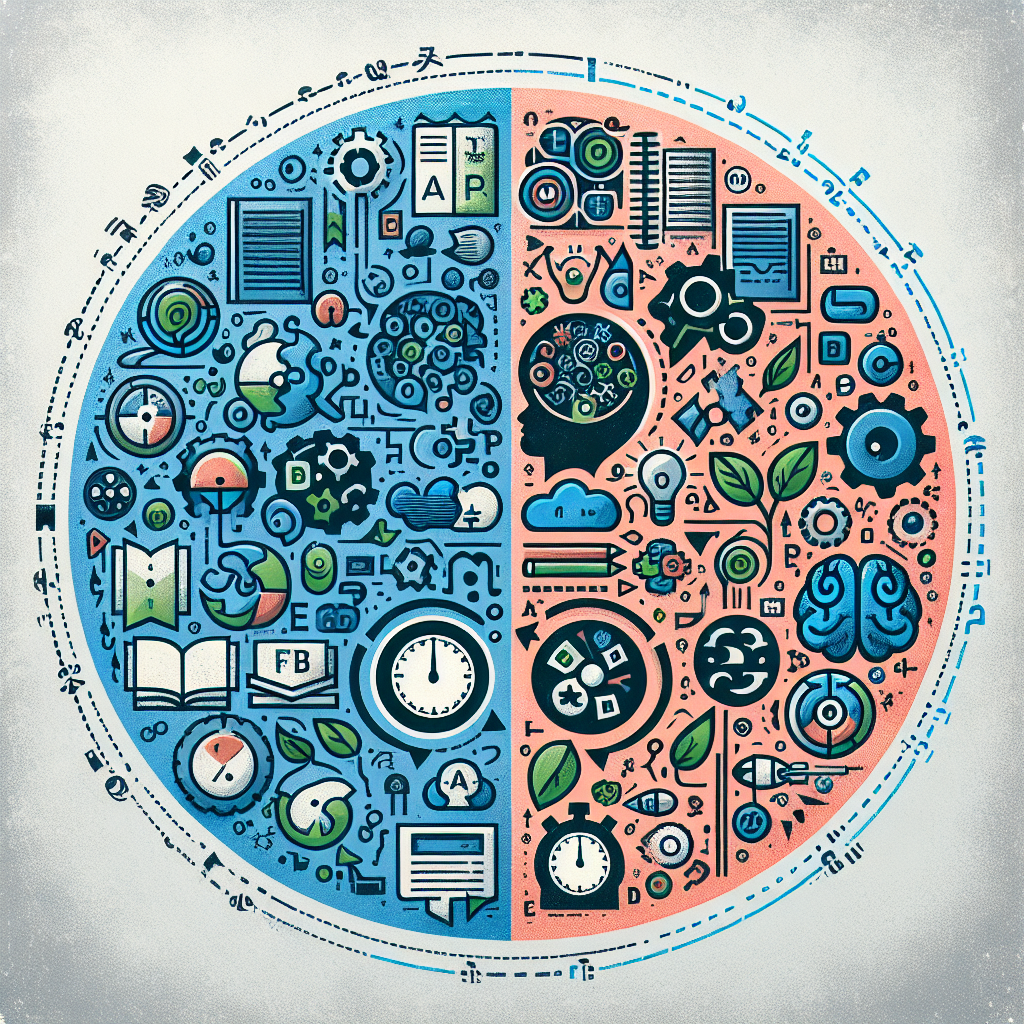
The Overlap of Learning Disabilities and Processing Speed: Essential Insights for Parents and Educators
Introduction
Imagine standing at the edge of a vast ocean, where each wave represents a different learning challenge. For many children, that ocean is not just a metaphor; it’s a daily reality. Understanding the overlap of learning disabilities and processing speed can illuminate the complexities faced by our children in the learning environment. This is not merely an academic endeavor; it’s a vital inquiry for parents and educators striving to unlock the potential of every child. By exploring the nuances of these two crucial aspects, we can foster an inclusive atmosphere that encourages growth and resilience.
Understanding Learning Disabilities
What Are Learning Disabilities?
Learning disabilities (LD) refer to a variety of disorders that affect the way individuals understand, remember, and respond to information. These disabilities can manifest in various forms, including dyslexia, dyscalculia, and dysgraphia, among others. It’s important to note that learning disabilities are not indicative of a person’s intelligence; rather, they represent specific challenges in processing information.
Common Types of Learning Disabilities
| Type of Learning Disability | Description |
|---|---|
| Dyslexia | Difficulty with reading due to issues with phonological processing. |
| Dyscalculia | Challenges with numbers and mathematical concepts. |
| Dysgraphia | Issues with writing mechanics and spelling. |
| Nonverbal Learning Disability | Difficulty with perceptual, motor, and social skills. |
The Role of Processing Speed
What Is Processing Speed?
Processing speed refers to the rate at which an individual can take in, understand, and respond to information. It plays a crucial role in how children navigate academic tasks. Students with slower processing speeds may struggle to keep pace with their peers, affecting their overall learning experience.
The Impact of Processing Speed on Learning
For children with learning disabilities, slow processing speed can exacerbate existing challenges. For instance, a child with dyslexia might have trouble reading due to both their decoding difficulties and slower processing speed, leading to frustration and disengagement. Recognizing the overlap between these two areas can help educators and parents provide more targeted support.
The Intersection of Learning Disabilities and Processing Speed
How Learning Disabilities Affect Processing Speed
Research has shown that children with specific learning disabilities often exhibit slower processing speeds. For example:
- A child with dyslexia may read slowly not just because they struggle with phonics, but also because their cognitive processing speed limits their ability to decode words quickly.
- Similarly, a student with dyscalculia might take longer to solve mathematical problems, influenced by both their understanding of numerical concepts and their processing speed.
Case Study: Sarah’s Story
Background: Sarah is a 10-year-old girl diagnosed with dyslexia and has consistently faced challenges in her reading assessments.
Observation: During classroom exercises, Sarah struggles to keep up with her peers when reading aloud. Observations noted that her ability to decode words is affected by her slower processing speed.
Analysis: By implementing reading interventions that consider Sarah’s processing speed, such as providing additional time for tests and using audiobooks, Sarah has shown noticeable improvement in confidence and engagement. This case illustrates how understanding the overlap between Sarah’s learning disability and processing speed provided a roadmap for tailored educational strategies.
Strategies for Supporting Learning
For Parents
Identify Specific Challenges: Keep track of your child’s performance across various subjects to pinpoint how processing speed affects their learning. Use tools like progress monitoring charts to visualize improvements.
Create a Supportive Home Environment: Encourage an atmosphere that values learning. Incorporate educational games and activities that promote both cognitive processing and creativity.
- Collaborate with Educators: Maintain regular communication with your child’s teachers to ensure they understand your child’s needs and can adapt their teaching methods accordingly.
For Educators
Adopt Differentiated Instruction: Implement strategies that cater to varied processing speeds, such as varied pacing during lessons and providing alternative methods for assignments.
Utilize Technology: Incorporate assistive technologies that can aid in processing information quickly. Tools like speech-to-text software allow students to express ideas without the added friction of slow handwriting.
- Foster a Growth Mindset: Encourage students by emphasizing effort over ability. Help them understand that with the right strategies, they can improve their skills, irrespective of their starting point.
Table: Effective Strategies for Supporting Learning
| Strategy | Description | Intended Outcome |
|---|---|---|
| Visual Aids | Use diagrams and charts to illustrate concepts | Enhanced understanding and retention |
| Chunking Information | Break information into smaller, manageable pieces | Alleviated cognitive load for better processing |
| Flexible Timing | Allow extended time for assignments and tests | Reduced anxiety and improved performance |
The Emotional and Social Implications
The Impact on Self-Esteem
Children with learning disabilities and slower processing speeds may struggle with self-esteem issues as they perceive themselves as falling behind their classmates. It is crucial for parents and educators to foster resilience and celebrate small achievements to enhance their self-worth.
Building Peer Relationships
Social interactions can be strained for children facing these challenges. Facilitating group activities can help bridge this gap and promote inclusion, which is essential for developing interpersonal skills and building friendships.
Case Study: James’ Experience
Background: James, a 12-year-old boy with a nonverbal learning disability, found himself increasingly isolated due to his differences.
Observation: His struggles with processing speed made it difficult for him to follow conversations and contribute effectively in group settings.
Analysis: By introducing collaborative projects in class that focus on various strengths, James began to shine in areas unrelated to his processing speed, allowing him to forge friendships and build his confidence. This highlights the importance of recognizing both strengths and challenges in students.
Conclusion
Understanding the overlap of learning disabilities and processing speed is vital for anyone involved in the educational journey of children with learning challenges. Through thoughtful strategies and informed interventions, we can cultivate an environment that not only accommodates but also celebrates diversity in learning. As parents and educators, it’s essential to remember that every child has unique abilities waiting to be uncovered.
By fostering awareness and employing effective strategies, we can help children navigate their learning journeys with confidence and joy. The goal should always be to empower them, igniting a passion for learning that transcends challenges.
FAQs
1. What are the signs of learning disabilities in children?
Signs may include difficulty reading, poor handwriting, trouble following instructions, and inconsistent performance in school.
2. How can I help my child at home?
Create a supportive learning environment, utilize educational resources, and maintain open communication about challenges they face.
3. Are learning disabilities genetic?
While genetics can play a role, environmental factors and individual experiences also contribute significantly to the development of learning disabilities.
4. How does testing work for learning disabilities?
Testing typically involves a series of assessments conducted by a professional assessing cognitive ability, academic achievement, and processing speed to identify strengths and weaknesses.
5. What resources are available for parents and educators?
Numerous resources exist, including local support groups, online platforms, and educational organizations dedicated to supporting children with learning disabilities and their families.
In closing, navigating the overlap of learning disabilities and processing speed can feel daunting, but with the right knowledge and resources, we can effect change and support every child’s educational journey. Let’s embark on this vital mission together, focusing on the potential that lies within each learner.

